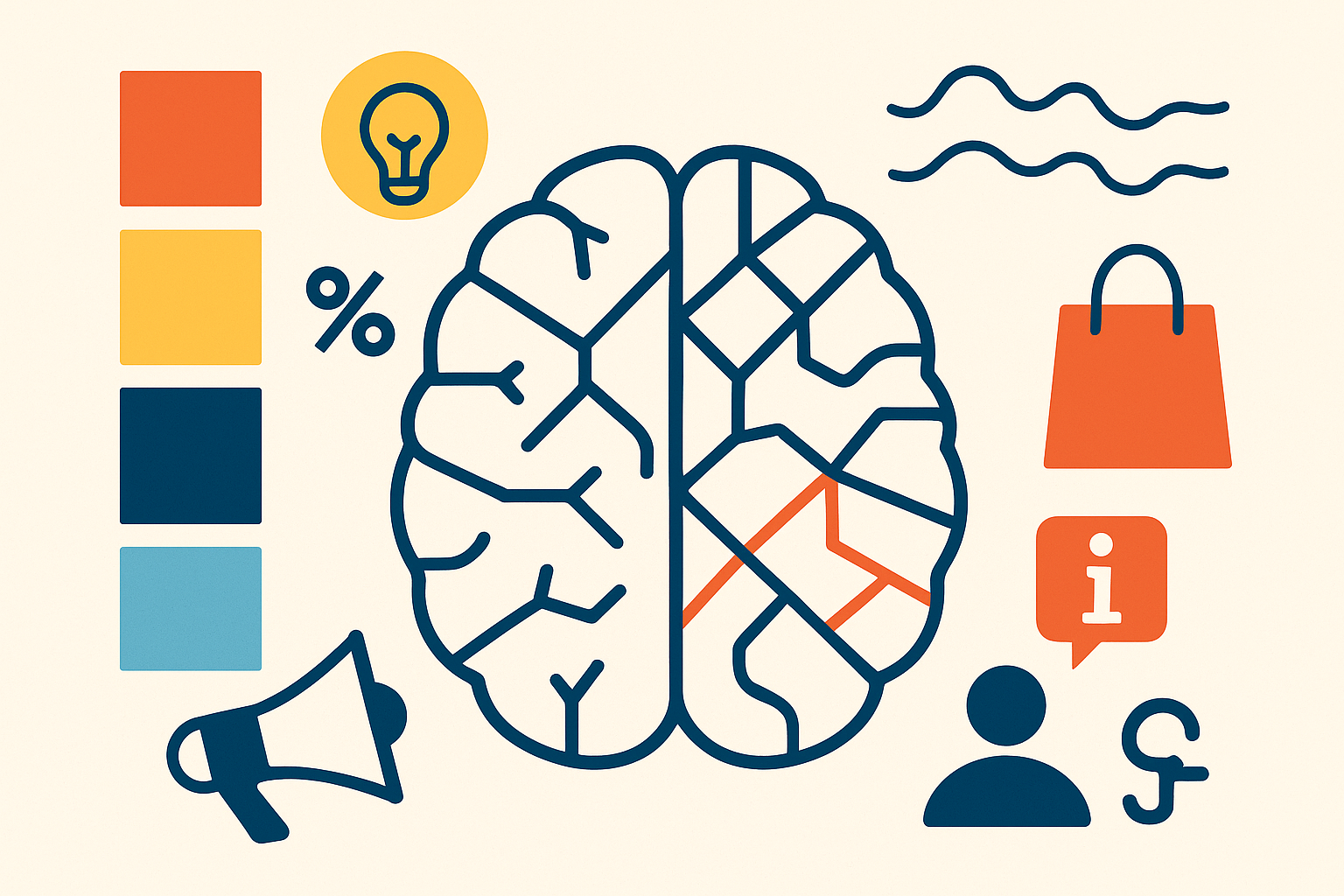What is automation bias?
Automation bias is the propensity for shoppers to favour suggestions from automated decision-making systems and to ignore contradictory information made without automation, even if it is correct.
When does automation bias occur?
Automation bias occurs when the brain of the shopper is only there to monitor on-going tasks. Errors occur when the shopping brain does not notice an automated decision aid failure (e.g. when the checkout fails to pick up on a special offer).
Why does automation bias occur?
There are three main factors that lead to automation bias:
- Human tendency to choose the easiest mental approach to decision-making.
- The tendency of humans to view automated aids as having an analytical ability superior to their own.
- The tendency of humans to reduce their own effort when sharing tasks, either with another person or with an automated aid.
How to instigate automation bias
With bricks and mortar stores and online becoming ever more automated, you need to provide shoppers with trustworthy automation to ensure they are free to safely employ this bias. If your store/brand/website is to hard to think about, they might well go elsewhere. Here are ways to address automation bias.
Communicate trust at all stages
The more shoppers trust your automation, the more they will be happy to apply automation bias, ergo the more they will like your brand.
Address any errors quickly and effectively
We’ve all seen it, a special offer that says 1 product for £1 of buy 2 for £2.50. Such spreadsheet related errors are a sure-fire way to lose the trust of shoppers.So go beyond just correcting the error, make a song and dance how it will never happen again (think Tesco horse meat scandal of a few years ago).
Make it easier
Analyse the purchase process and see whether in the current day and age, you can introduce automation that will make it easier to buy. Self-checkouts are note easier, they simply save the retailer money in terms of staff costs. Conversely, Washed, prepared and bagged vegetables are easier to prepare and consume, shoppers trust the customisation and pay a premium for it.
Summary
Automation bias can be a good thing for both brands and retailers; as long as it works and is trusted by shoppers. Lose the trust, lose the shoppers!
Found this interesting? Check out cognitive bias no.6 of 36 - The Availability Heuristic.






